National Council of State Boards of Nursing
NCSBN is a not-for-profit organization whose U.S. members include the nursing regulatory bodies in the 50 states, the District of Columbia and four U.S. territories.
Mission
NCSBN empowers and supports nursing regulators in their mandate to protect the public.
(Mission Statement Adopted by Delegate Assembly 2019)
Vision
Leading regulatory excellence worldwide.
History
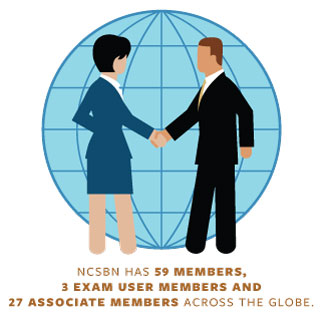
NCSBN is an independent, 501(c)(3) not-for-profit organization. The impetus for NCSBN’s creation arose out of recognition that in order to guard the safety of the public, the organization involved in the regulation of nurses needed to be a separate entity from the American Nurses Association (ANA) Council on State Boards of Nursing, which represents professional nurses.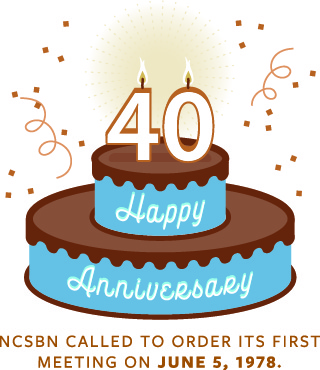
NCSBN’s membership is now comprised of boards of nursing (BONs) and other nursing regulatory bodies that are charged with the responsibility of providing regulatory excellence for public health, safety and welfare, and protecting the public by ensuring that safe and competent nursing care is provided by licensed nurses. NCSBN is the vehicle through which these entities act and counsel together on matters of common interest.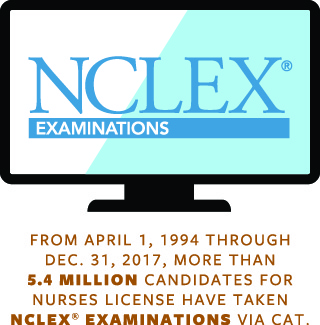
These regulatory bodies recognize that the best way to guard the safety of the public is to ensure that nurses entering the workforce have the necessary knowledge and skills to practice. To meet that goal, NCSBN is devoted to developing a psychometrically sound and legally defensible nurse licensure examination consistent with current nursing practice. NCSBN became the first organization to implement computerized adaptive testing (CAT) for nationwide licensure exams in 1994. In addition to the NCLEX-RN and NCLEX-PN examinations, NCSBN also develops and administers the largest competency evaluation for nurse aides (NAs), known as the National Nurse Aide Assessment Program (NNAAP). Additionally, NCSBN develops the Medication Aide Certification Examination (MACE), designed for NAs who choose to receive additional training to become a certified medication aide/assistant. The ongoing assessment of these exams includes research that gathers job analysis data from entry-level nurses and aides that ultimately contributes to refinement and adaptation of the tests to keep pace with the rapidly evolving health care environment.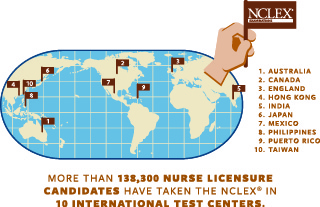
Beyond ongoing analysis and measurement of entry-level competence, NCSBN is an active partner with its members in exploring issues related to health care, government policy, nursing practice and regulatory processes and initiatives, both nationally and internationally. NCSBN is working with, through and on behalf of its member boards through the following strategic initiatives:
- Envisioning and refining regulatory systems for increased relevance and responsiveness to changes in health care.
- Championing regulatory solutions to address borderless health care delivery.
- Expanding the active engagement and leadership potential of all members.
- Pioneering competency assessments to support the future of health care and the advancement of regulatory excellence.
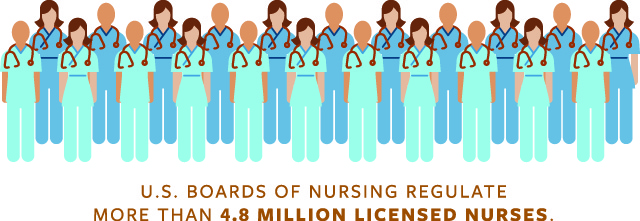
Get new content delivered directly to your inbox.
VIEW OUR STATUS TV

NURSING TV
Follow Us
Pingback: Everything you need to know about the NCLEX | Nursing Media Network
Pingback: 1ST NURSING COUNCIL OF KENYA - Nursing Media Network
Pingback: Latest on California Board of Registered Nursing, Re-Est. 2016 - Nursing Media Network